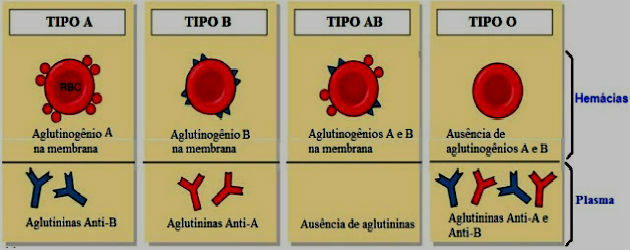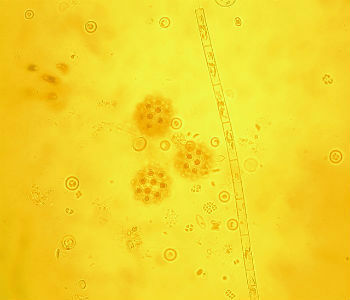Honey is a nutritive substance derived from nectar processed by digestive enzymes inside the digestive tract of worker bees, storing this secretion in combs inside the hive. This substance is synthesized to serve as food for both developing larvae and adult insects in the colony.
With viscous texture and sweet taste, its composition contains a combination of several elements, including:
- A high concentration of carbohydrates (glucose, fructose and maltose);
- Lipids (fatty acids), such as palmitic, oleic and linoleic;
- Proteins and amino acids (alanine, arginine, glutamic and aspartic acid);
- In addition to mineral salts (copper, manganese, iron, sulfur, boron and phosphorus);
- And vitamins (A, complex B, C, D and K).
In nature this compound is mainly synthesized as a food supply, consumed by the members of a hive during the winter period. However, due to its properties: immunological, antibacterial, expectorant and analgesic, this enriched nutrient, already used by prehistoric civilizations, started to be exploited in a predatory.
Currently, as a result of the development and improvement of management techniques in beekeeping, it has been extracted in a rational way without causing great damage to the environment.
Do not stop now... There's more after the advertising ;)
In Brazil, the first report on this product is contained in the records left by Father José de Anchieta (around 1530), describing among other aspects:
- The abundance and different flavors of honey found here;
- The amount of bee species;
- The way in which honey was produced and conditioned by insects;
- And the form of extractivism and consumption employed by the colonizers.
Since then, several exogenous (non-native) species have been inserted according to the occupation of the territory. Initially by the Portuguese, introducing different species of bees during colonization, and later by the intensification of the immigration process: by Germans (1845), Italians (1895), in addition to government measures of environmental and commercial scope, authorizing feasibility and production studies, using bees brought from Africa (1950). Collaborating with all the variability of species and flavors of honey that exist today, according to the flowering of our vegetation.
By Krukemberghe Fonseca
Graduated in Biology
Would you like to reference this text in a school or academic work? Look:
RIBEIRO, Krukemberghe Divine Kirk da Fonseca. "Honey and Brazilian bees"; Brazil School. Available in: https://brasilescola.uol.com.br/biologia/mel_abelhasbrasileiras.htm. Accessed on June 28, 2021.


